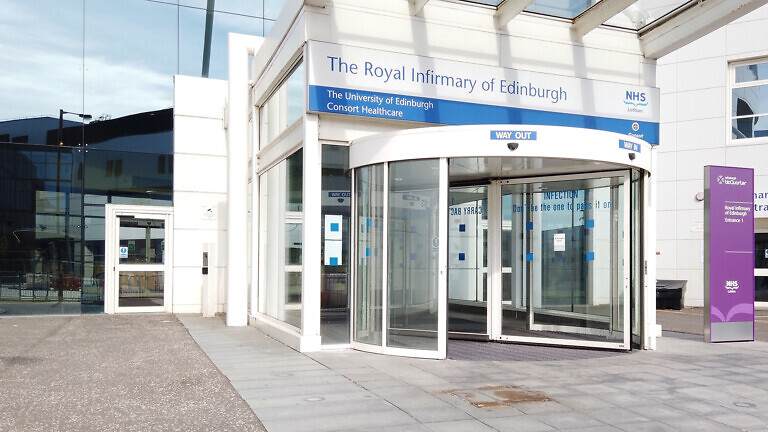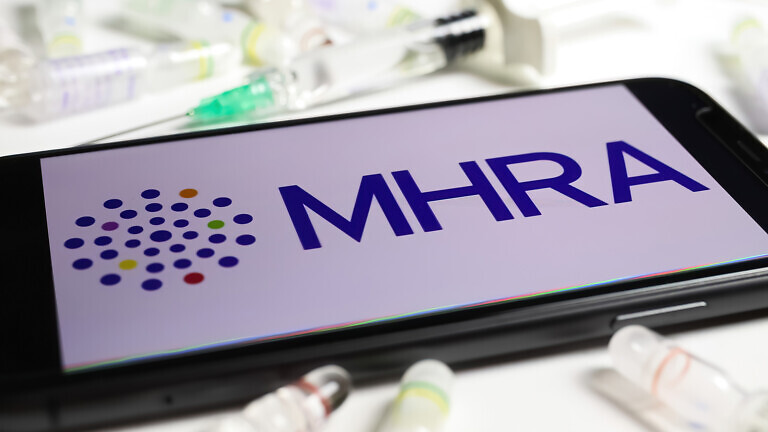A groundbreaking study from Buckinghamshire Healthcare NHS Trust, presented at the British Association of Plastic, Reconstructive and Aesthetic Surgeons (BAPRAS), is set to transform how thumb injuries -commonly sustained by athletes – are diagnosed. This innovation could significantly reduce diagnostic delays and streamline treatment pathways.
Ulnar Collateral Ligament (UCL) injuries, often known as skier’s thumb, frequently occur in sports such as football, handball, basketball, baseball, and rugby. These injuries happen when the thumb is hyperextended during a fall, especially while gripping an object like a ski pole or handlebar. Left untreated, UCL injuries can lead to chronic instability, pain, and arthritis. For athletes, swift diagnosis is critical to ensure a fast return to play.
Led by Ali Waleed Khalid, a final-year medical student at Buckinghamshire Healthcare NHS Trust, the study evaluated a shift in diagnostic practice. The research, titled ‘Improving Diagnosis and Cost-Effectiveness in Thumb UCL Injuries: A Shift from Ultrasound to Clinical Examination’, was recently presented at BAPRAS’ Celtic meeting in Dundee.
Traditionally, ultrasound has been the primary diagnostic tool. However, this research highlights the efficiency and cost-effectiveness of clinical examinations, where doctors directly assess the injury.
Prior to the intervention, a retrospective analysis showed that patients faced an average delay of 18-19 days from injury to diagnosis due to delay in seeking treatment, and bottlenecks between the trauma clinic and ultrasound appointments. Following the introduction of a new diagnostic pathway, this delay was reduced to just 7 days – a 61% reduction – allowing for quicker treatment and improved patient outcomes.
“Seeing the delays patients were experiencing was a major concern for us,” said Dr. Khalid. “We knew there had to be a better way, and by shifting our focus to clinical examination, we’ve been able to cut down the diagnosis time significantly.”

NHS cost savings and improved care
The study also revealed significant savings for the NHS. By reducing unnecessary ultrasound scans (costing £50 each), the hospital saved £1,150 in just nine months. Post-intervention analysis showed that out of 24 patients, only one required an ultrasound.
“We saw that many patients were undergoing ultrasound scans that weren’t necessary, causing delays and increasing costs,” added Dr. Khalid. “By shifting the focus to clinical examinations, we’ve been able to reduce diagnosis times and improve patient care without sacrificing accuracy.”
A game-changer for athletes
Thumb UCL injuries are particularly prevalent in high-contact sports, where thumb ligament damage is common due to falls or impact. Being able to diagnose these injuries more quickly is a game-changer, especially in professional sports, where early treatment can mean the difference between a swift return to play and a prolonged recovery.
“With this new approach, we’re able to diagnose thumb injuries in as little as seven days, sometimes even less when patients come in early,” concluded Dr. Khalid. “For athletes, this means quicker treatment, better outcomes, and potentially shorter recovery times. It’s a huge step forward, especially in athletes involved in major sporting events, such as the Olympics and the Euros. It is a simple but highly effective intervention, and we’re confident that other hospitals and clinics could see similar benefits if they adopt this approach.”
The future of UCL injury diagnosis
This collaborative research, involving Mr. Mohamed Eldolify, Miss Maduri Satkunabalan, and Miss Frenki Gjika, provides a cost-effective blueprint for other hospitals and clinics.
By prioritising clinical examination, the healthcare community can achieve faster diagnoses, better outcomes, and substantial cost savings. As more institutions adopt this approach, the benefits for athletes and patients alike will continue to grow.
For more information, visit BAPRAS.



